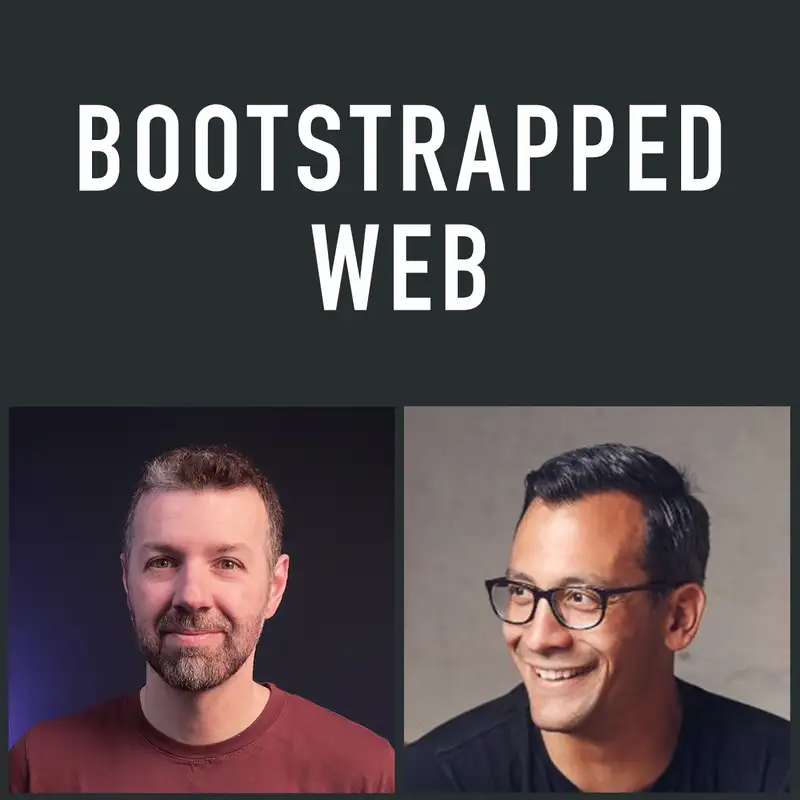Operating a Media Company
Black Friday fun. Cold email. Sales teams. Product market fit. Website redesign. Media company operations. Audience funnels.
Connect with Brian and Jordan:
Jordan's company, Rally
Jordan on Twitter: @jordangal
Jordan on Threads: @jordangal
Brian's new thing: InstrumentalProducts.com
Brian's SaaS, Clarityflow
Brian on Twitter: @casjam
Brian on Threads: @brian.casel
Black Friday fun. Cold email. Sales teams. Product market fit. Website redesign. Media company operations. Audience funnels.
Connect with Brian and Jordan:
- Jordan's company, Rally
- Jordan on Twitter: @jordangal
- Jordan on Threads: @jordangal
- Brian's new thing: InstrumentalProducts.com
- Brian's SaaS, Clarityflow
- Brian on Twitter: @casjam
- Brian on Threads: @brian.casel
